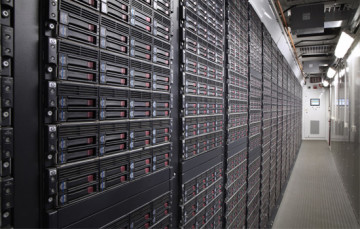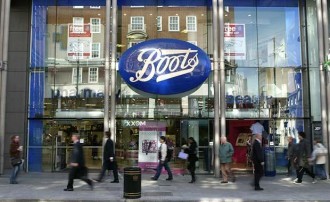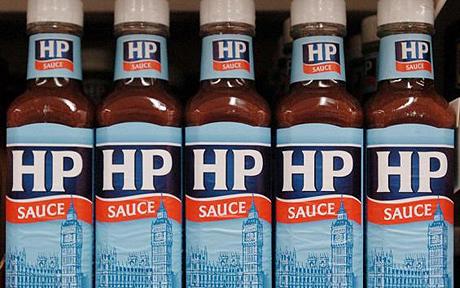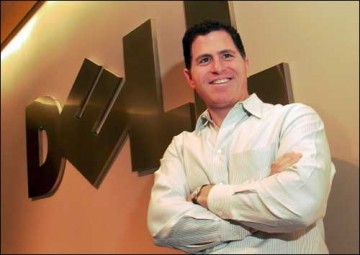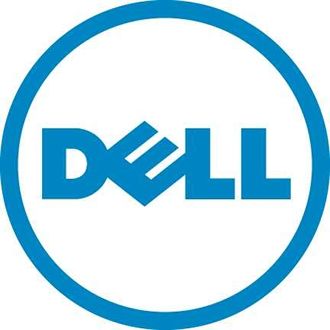 Tin box shifter Michael Dell has emailed his company, to talk about the organisation’s leadership team after it acquires EMC.
Tin box shifter Michael Dell has emailed his company, to talk about the organisation’s leadership team after it acquires EMC.
What is telling is that the future does not include Joe Tucci who is EMC’s president and chairman and the bloke who took the company onto the cloud route. Tucci had indicated he wanted to clean out his desk sooner rather than later and is expected to retire.
“This new organisational structure will be effective immediately following the completion of the transaction. I want to thank Joe Tucci for his insights and assistance,” Dell said.
Meanwhile Dell said there was strong progress on our plans to combine Dell and EMC … The transaction is on schedule under the original timetable and the original terms.”
The mail goes on to name the following new leadership team:
Jeremy Burton, Chief Marketing Officer, responsible for brand, events, marketing analytics, digital and communications.
Jeff Clarke, Vice Chairman and President, Operations and Client Solutions, responsible for Global Supply Chain and End User Computing organisations.
Howard Elias and Rory Read, Co-Chief Integration Officers, for the Dell|EMC integration.
David Goulden, President, Enterprise Systems Group, responsible for global infrastructure organization including servers, storage, networking, converged infrastructure and solutions.
Bill Scannell, President, Enterprise Sales, will report to Goulden and lead the global go-to-market organisation serving Enterprise customers.
Dell added: “I am also establishing an executive group, which will include the presidents of our business units and go-to-market organizations. The executive group will include: Pat Gelsinger, CEO, VMware; Mike Cote, President and CEO, SecureWorks; Rob Mee, CEO, Pivotal; and Rodney Rogers, CEO, Virtustream. This group will collaborate on innovative and differentiated solutions, optimize our operations to increase the speed and agility with which we serve our customers, and find ways to work together more efficiently and effectively as an organisation.”
Rodney Rogers, CEO of Virtustream, Amit Yoran who will be president of RSA, and Rohit Ghai, who scored the gig as president of the Enterprise Content Division.
Marius Haas will be president and chief commercial officer, responsible for the global go-to-market organisation serving Commercial customers.
Steven Price will lead HR and Karen Quintos will be “chief customer officer, “responsible for leading revenue and margin-enhancing programs, ensuring a consistent customer experience across multiple channels, and driving strategies to strengthen and build profitable customer relationships. Karen will also lead Corporate Citizenship, including social responsibility, entrepreneurship and diversity. John Swainson will remain at the helm of Dell Software, and Suresh Vaswani will keep his gig at the head of Dell Services.
Tom Sweet will be CFO.
 Small businesses confidence has fallen to its lowest level in three years.
Small businesses confidence has fallen to its lowest level in three years.




